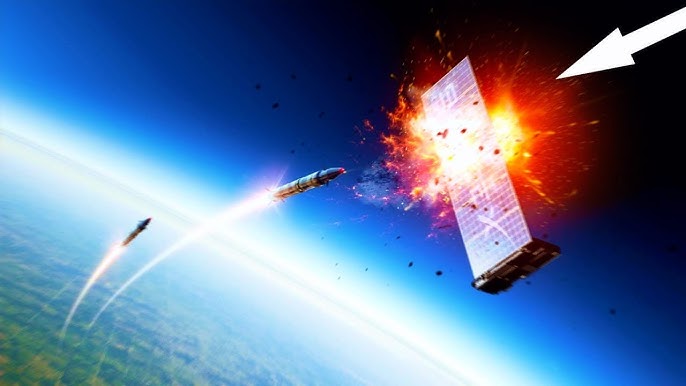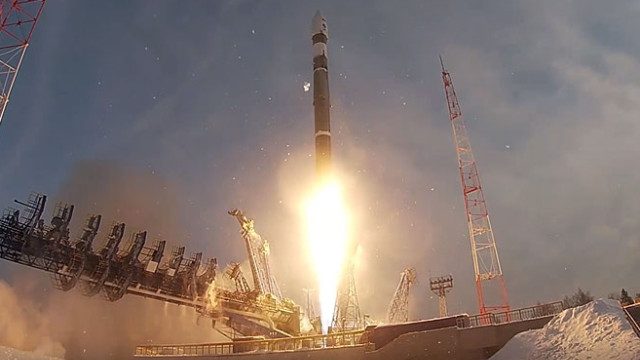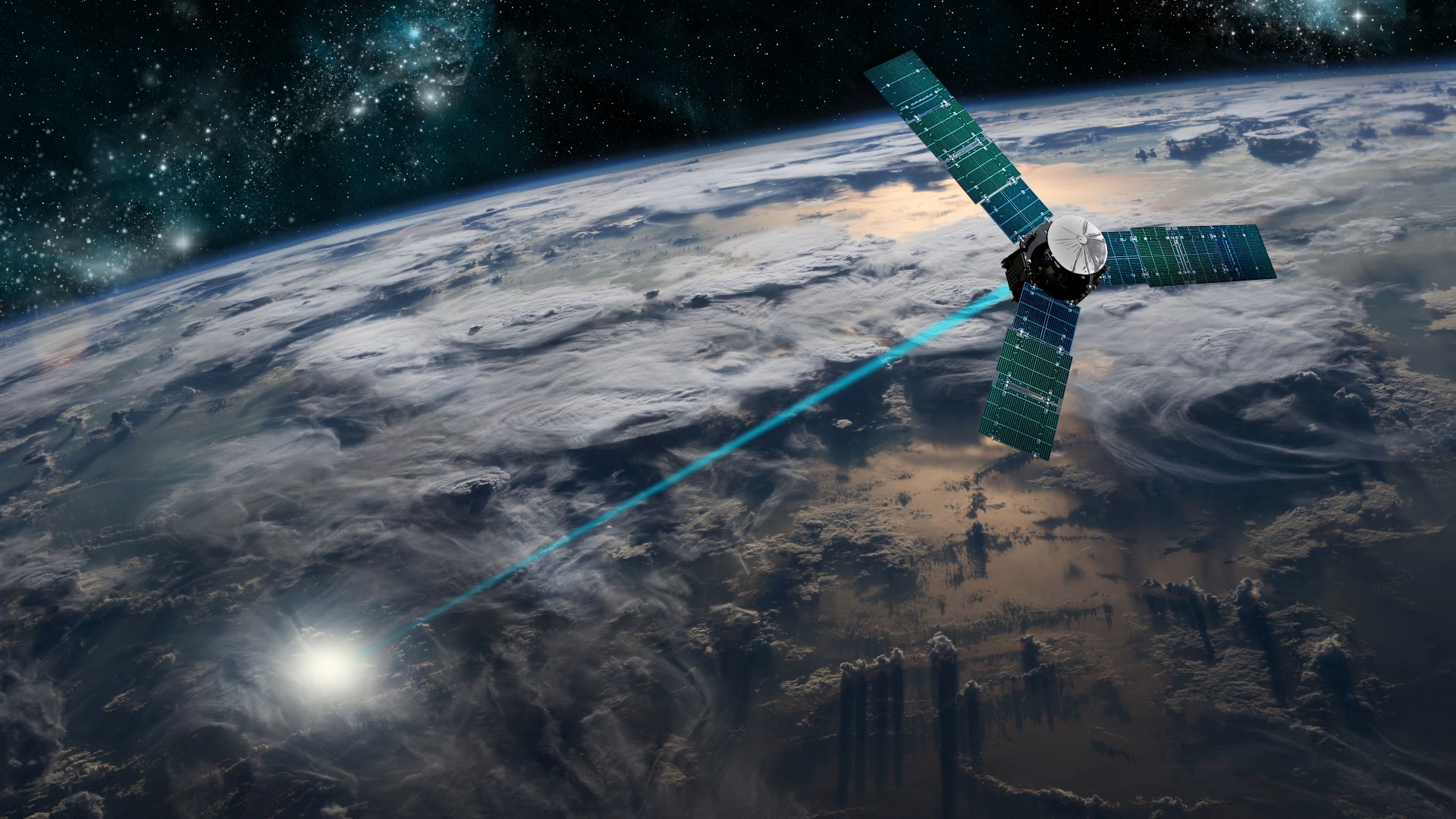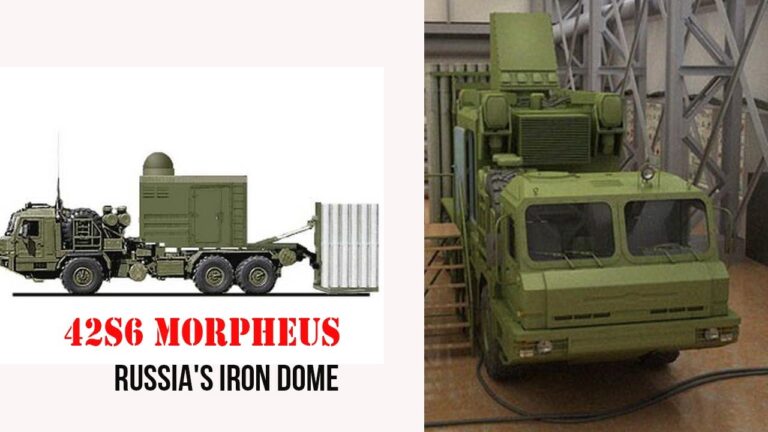
The United States is pushing forward with ambitious space defense projects like the “Iron Dome” for space. Meanwhile, Russia is exploring cheaper, unconventional methods to disrupt enemy satellites. One controversial idea has recently resurfaced in Russian discussions. It involves launching rockets packed with nails or gunpowder into orbit. These would create an artificial debris field to threaten satellites.
While this idea may seem novel, it has existed since the 1990s and has recently gained renewed interest. The premise is straightforward—flooding orbital paths with small metallic fragments to disable adversary satellites. However, the practicality and long-term consequences of such a strategy raise significant concerns.

The Concept: Russia’s Cloud of Destruction?
The core idea behind this strategy is to scatter vast quantities of debris—such as nails, pellets, or gunpowder grains—into space, forming a hazardous field capable of damaging or disabling satellites.In theory, this approach could provide Russia with a low-cost method of denying its adversaries the use of space-based assets.
However, the execution of this plan presents numerous challenges. The deployment of millions of tiny particles in a precise formation is necessary to establish even a minimal barrier in low Earth orbit (LEO).A debris cloud of even 20 km in width and height would require an astronomical number of fragments, making the logistics of such an operation nearly impossible.
Moreover, the stability of these particles in orbit is highly questionable. Space debris is subject to gravitational forces and atmospheric drag, leading to unpredictable trajectories. Instead of forming a persistent blockade, the fragments would disperse rapidly, creating widespread chaos rather than a controlled strategic advantage.
The Kessler Syndrome: A Looming Threat
Beyond its logistical hurdles, this approach poses severe long-term risks. The uncontrolled spread of debris could trigger the “Kessler Syndrome”, a scenario where space junk collides with active satellites, generating even more debris in a cascading effect.
Over time, such an event could render entire orbital zones unusable, disrupting not only military operations but also civilian and commercial space activities.
If Russia were to implement this strategy, it could inadvertently compromise its own space assets. Given that satellites play a crucial role in global communications, navigation, and military intelligence, such an approach could result in mutual destruction rather than strategic superiority.
Russia’s Alternative Space Warfare Tactics
While the use of gunpowder and nails in space remains speculative, Russia has demonstrated its ability to neutralise satellites through alternative means.
In November 2021, Russia conducted an anti-satellite missile test, successfully destroying a satellite and generating a significant amount of space debris. This test underscored the nation’s capability to engage in kinetic satellite warfare.
In addition to missile-based attacks, Russia is reportedly developing laser systems such as the “Kalina” project. These directed-energy weapons could blind or disable satellite sensors without creating harmful debris, making them a more sophisticated alternative to physical destruction.

Furthermore, speculation surrounds the potential use of nuclear-powered weapons for electronic warfare. Instead of direct explosions, these devices could emit electromagnetic pulses (EMPs) that disabled satellite electronics, effectively neutralising them without causing catastrophic orbital contamination.
The Reality of Space Warfare
Despite the intrigue surrounding unconventional methods like deploying orbital debris, space warfare demands a far more strategic and measured approach. Military dominance in space is not merely about disrupting adversary satellites—it requires long-term planning, precision, and sustainability.
The geopolitical implications of weaponising space debris are profound. Although one might gain a temporary tactical advantage, the long-term repercussions could surpass any short-term success.
Nations involved in space warfare must consider the wider consequences of their actions. They must protect access to orbital infrastructure vital for military and civilian needs. The future of space conflict will depend on more than technology.
It will also require operating within rules that ensure stability and sustainability. The most successful nations will recognise this delicate balance. They must combine offensive capabilities with protecting orbital space for ongoing use.
References
- Defense News Today – https://www.defensenewstoday.info/
- The Space Review – https://www.thespacereview.com/
- Russia Beyond—https://www.rbth.com/
- NASA Orbital Debris Program – https://orbitaldebris.jsc.nasa.gov/







